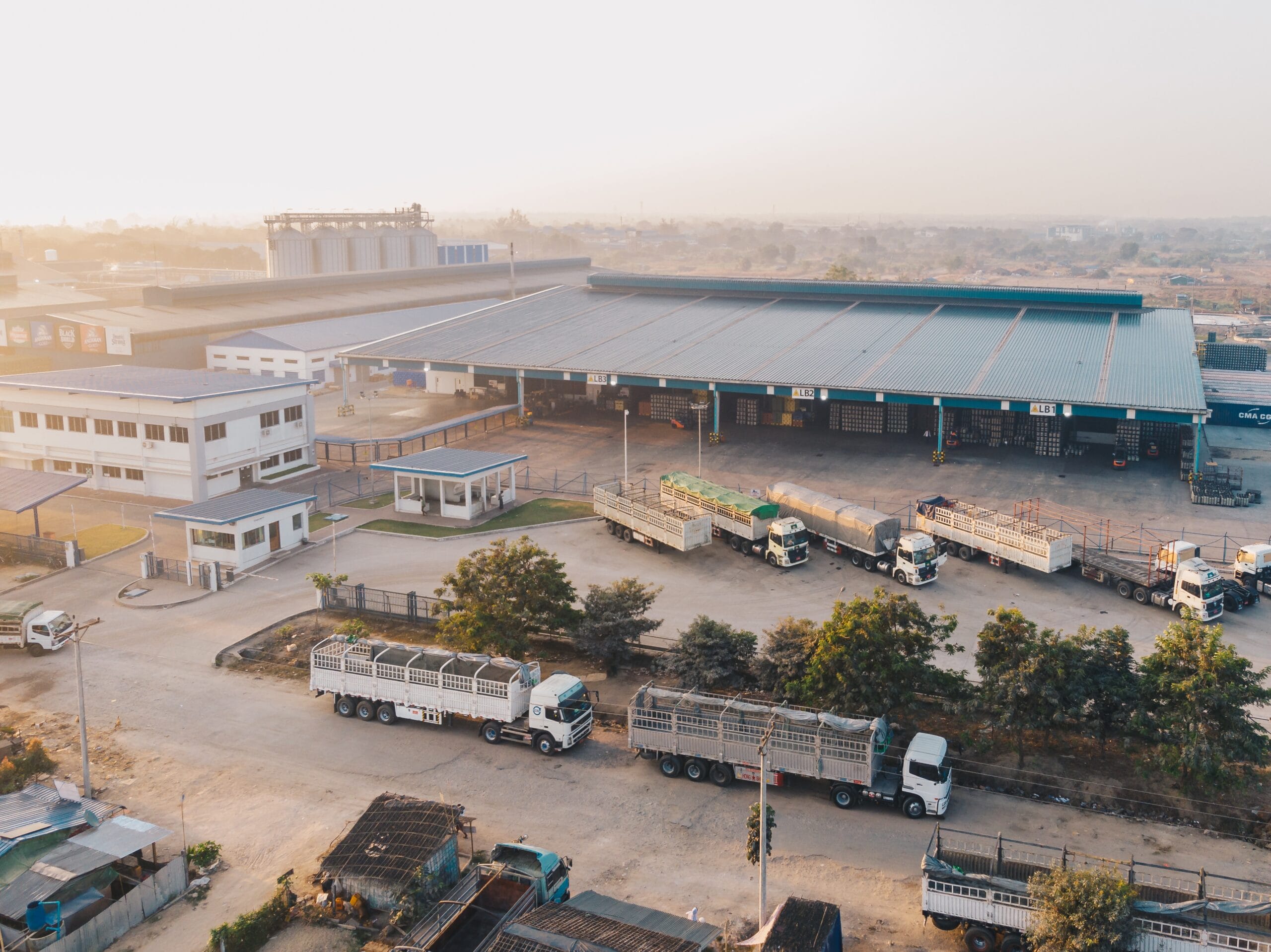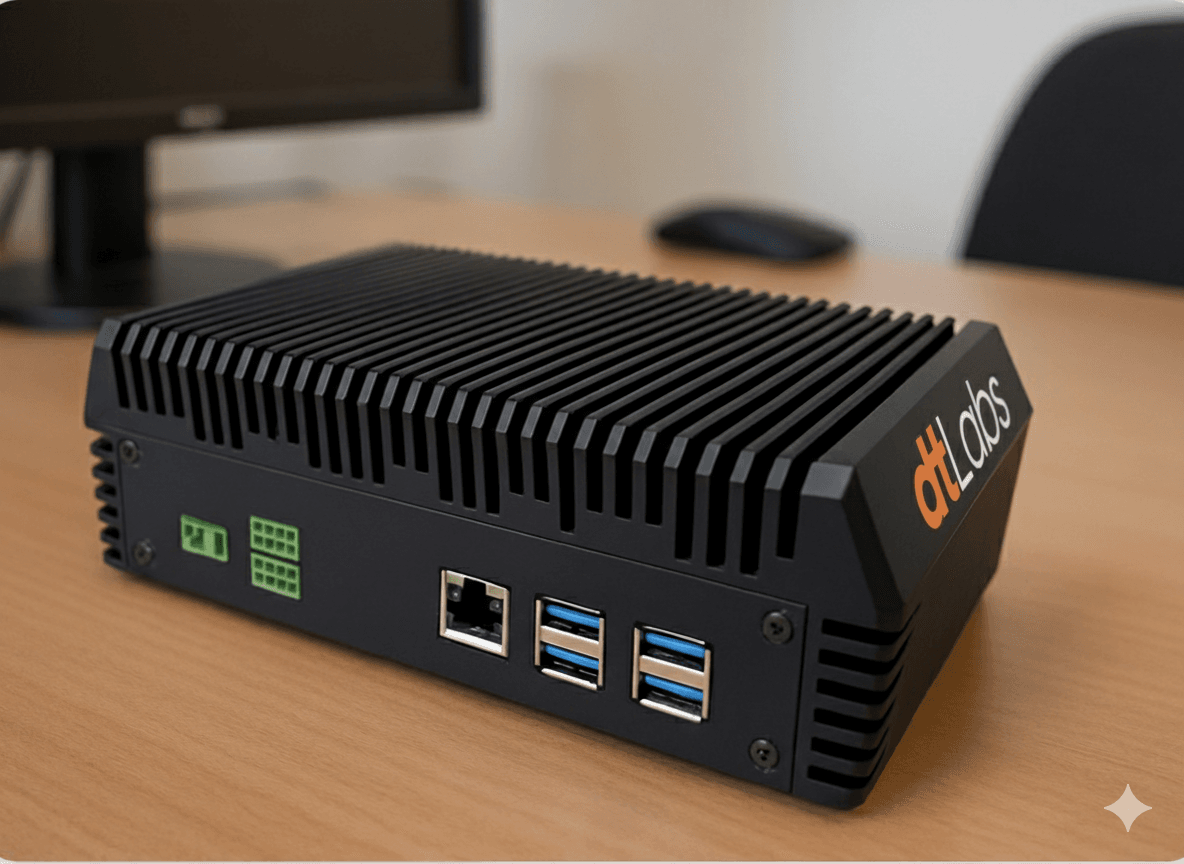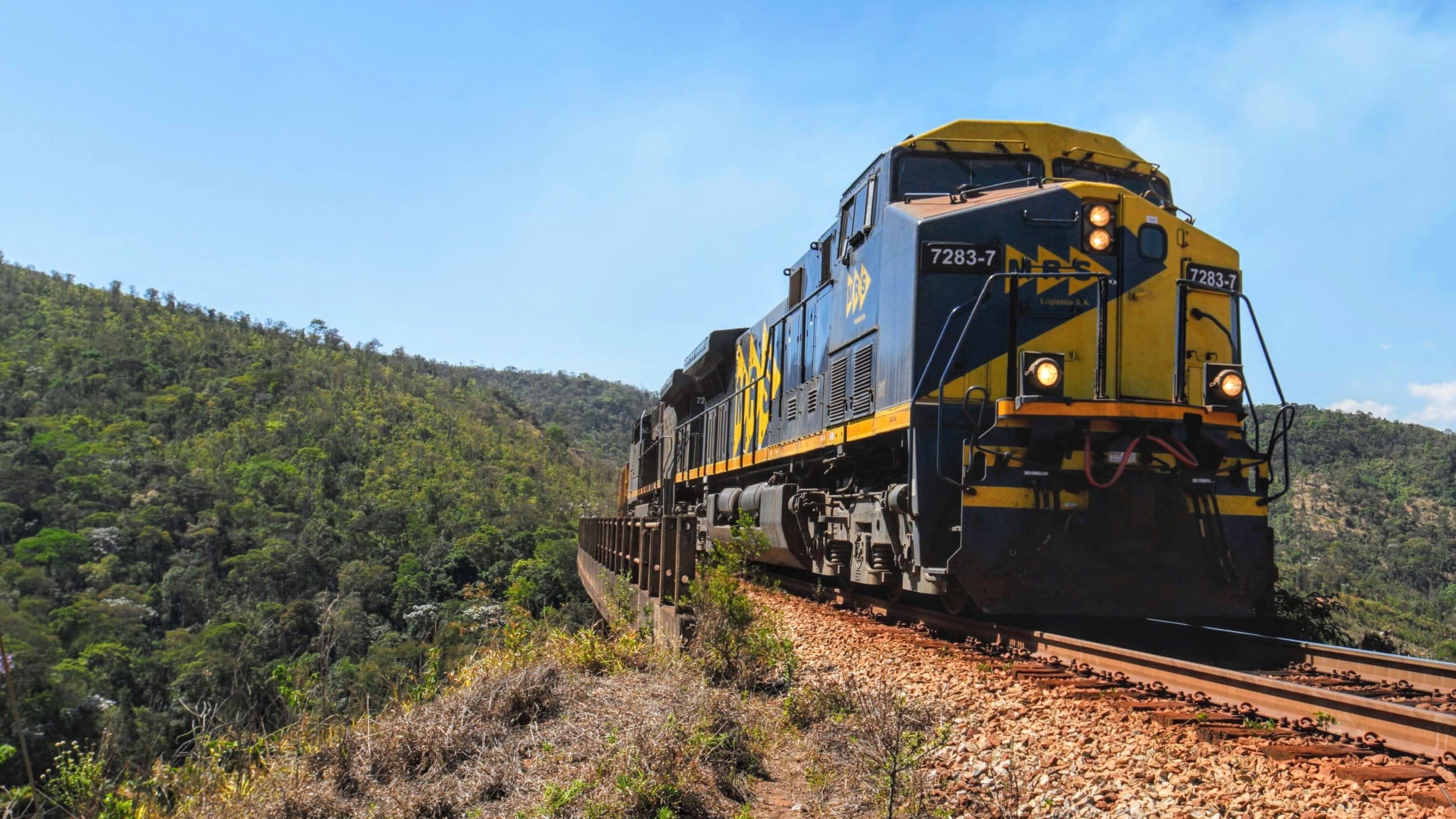All Images by Freepik
Sumário
In Brazil, a country where about 65% of all freight is transported by road, inefficiency in loading and unloading operations, due to poor dock and yard management, has become a silent enemy of productivity. Long truck lines, docks occupied longer than planned, and chaotic yards result in widespread delays, impacting delivery deadlines and customer satisfaction.
The logistics cost of this is exorbitant. According to studies, in the country, this represents 11.6% of the GDP (Gross Domestic Product), 2.9% higher than in other OECD (Organization for Economic Cooperation and Development) members, which includes 38 countries across the Americas, Europe, Asia, and Oceania.
This means about US$ 41,4 billion wasted due to inefficiency. Extra work hours, fuel burned in vain, and fines for additional loading and unloading time can cost hundreds of dollars per truck, reducing profits and harming the competitiveness of companies in a market where margins are ever-shrinking, time is money, and every cent counts.
Fortunately, some tools can bring order to this logistical chaos. Artificial intelligence-based Yard Management Systems (YMS), like dtLabs’ AIOS, can help you end endless lines, eliminate hidden bottlenecks, and turn disorganized yards into agile, safe, and highly predictable operation centers.
Where and How Current Methods Fail
Believe it or not, in the 21st century, many logistics managers still rely on spreadsheets, whiteboards, or phone calls to coordinate dock appointments. These manual methods are prone to errors and scheduling conflicts: it’s not uncommon for two trucks to arrive at the same dock at the same time, causing an immediate bottleneck that halts operations.

The lack of real-time monitoring has other tangible consequences: trucks form lines snaking out the gate while the team tries to guess who should be next. Fragmented and reactive communication leads to information mismatches, with cargo ready but no truck at the dock, or trucks waiting without a team ready to serve them.
Manual processes are also slow and error-prone: paper entry logs can be recorded incorrectly, and a simple license plate typo can send a vehicle to the wrong dock, triggering a chain reaction of rework.
The lack of centralized visibility means managers can’t see where each truck is or how long it’s been waiting, making proactive management difficult. As a result, resource allocation becomes inefficient: some docks sit idle due to communication failures while others have lines of vehicles waiting.
In summary, traditional methods based on experience and improvisation simply can’t handle modern complexity, leading to disorganized yards and disconnected operations.
Practical Consequences for Companies
The impacts of maintaining traditional processes manifest in three main areas: operational, financial, and strategic.
Operational: Delays in loading and unloading increase the time vehicles spend in the yard, creating a domino effect that disrupts the entire logistics chain. A truck that should make two trips a day may only make one, reducing asset productivity and congesting the yard, which in turn creates lines and disorganization that block the flow of goods. Operational unpredictability requires maintaining larger inventories as a buffer, hurting stock turnover and agility.
Financial: Every extra hour a truck sits idle is money wasted—whether in fuel burned idling, overtime pay, or waiting time compensation. For example, according to Brazil’s National Transport Agency (ANTT), after 5 hours of waiting, carriers can charge an additional R$ 2.41 per ton, per hour of delay. In practice, a single 20-ton truck waiting 10 hours generates R$ 241 (around US$ 45) in direct additional costs. Multiply this by dozens of trucks each month and the loss is enormous.
Add to this possible fines for missed delivery windows and high maintenance costs (from prolonged equipment usage and truck downtime), and the result is increased operational cost and reduced profit margins.

Strategic: Internally, management is stuck in “firefighting mode,” solving daily problems instead of innovating. The lack of data and predictability prevents strategic decisions, such as planning expansions or adjusting capacity. In sectors where logistics is a competitive advantage, operational inefficiently means falling behind.
Long-term, late deliveries lead to dissatisfied customers, damaging the company’s reputation. Retailers and manufacturers depend on reliable deadlines; consistently failing to meet them can mean losing contracts or market share to more efficient competitors.
Benefits of AI Usage
Implementing artificial intelligence systems for yard and dock management generates significant tangible and intangible gains. The main benefit is increased productivity, eliminating downtime and increasing the number of operations performed daily.
Studies show that efficient yard management can raise a warehouse’s operational capacity by up to 12.5% simply by reducing wait times and improving synchronization between docks and inventory. With more trucks loaded in less time, your distribution center ships more goods without expanding infrastructure.
Less waiting means lower costs and reduced operational expenses. By reducing the average time trucks spend in the yard, you save on fuel, overtime, and avoid hiring extra trucks to handle demand peaks previously caused by lack of control.
AI-based systems also bring more predictability. With fewer delays and wait times, your arrival and departure schedules become more precise, and operations gain rhythm and cadence.
Automating repetitive manual tasks—such as license plate registration, entry and exit checklists, and spreadsheet completion—eliminates human errors, reduces rework, frees your team for higher-value activities (like better driver service or careful cargo checks), and increases operational safety by preventing unauthorized entries and possible fraud.
Drivers benefit too: shorter wait times reduce stress, risk exposure, and make the work environment friendlier, improving relations with carriers, helping retain good drivers, and even negotiating better freight rates.

Finally, there’s improved service level and customer satisfaction. With deadlines strictly met—or even reduced—your customers notice the difference. Orders arrive complete, on time, and without damage from rush or disorganization.
Logistical reliability becomes a commercial differentiator for your company, boosting satisfaction and loyalty. A smooth yard flow is reflected throughout the chain: well-stocked inventories, optimized transportation, and on-time deliveries—all contributing to your company’s market reputation.
Conclusion
In summary, AI-based yard management systems like AIOS deliver measurable performance gains in time, money, and volume, while also strengthening intangible aspects like safety, team morale, and customer satisfaction.
Using artificial intelligence is not just about saving money. It’s about doing more with less, safely and intelligently, turning internal logistics from a cost center into a value lever.



